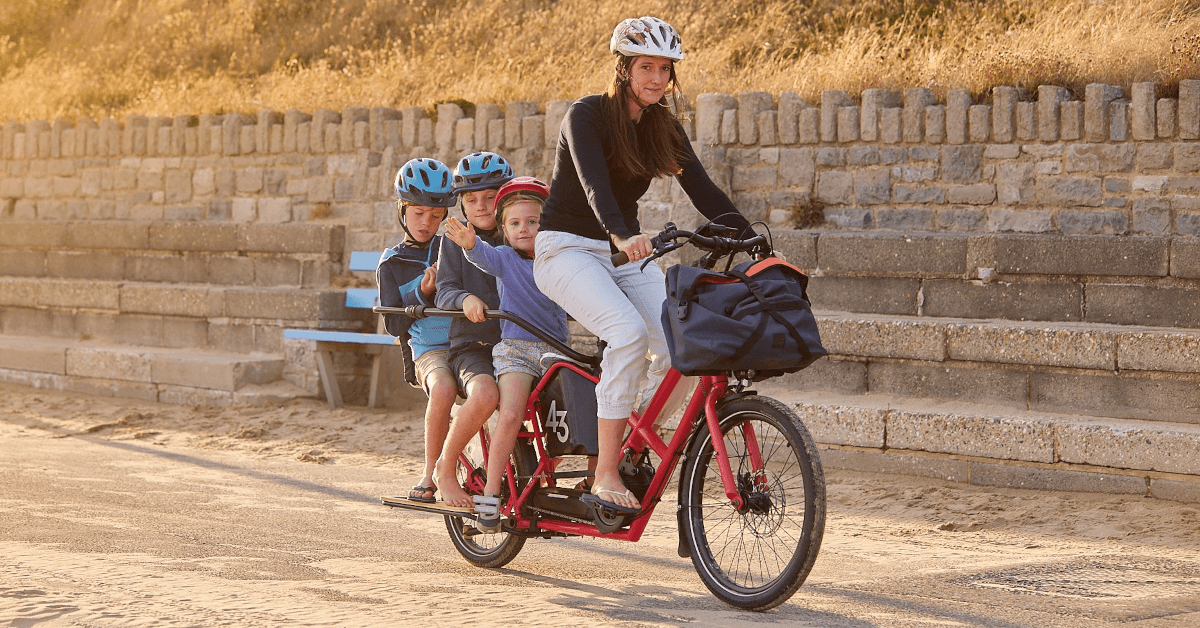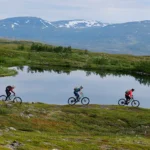The family bike ride is a classic weekend activity, but sometimes you need to think bigger. When everyone’s craving something more than the usual loop around the neighborhood, it’s time to plan an adventure day that creates lasting memories and brings the family together in new ways.
Start with Everyone’s Input
The best family adventures happen when everyone feels invested in the plan. Gather the family for a brainstorming session where each person gets to suggest one activity or destination. Maybe your teenager wants to try rock climbing, your middle schooler is fascinated by local history, and your youngest is determined to see animals. The magic happens when you find ways to weave these interests together into a cohesive day.
Think Beyond Traditional Destinations
While theme parks and tourist attractions have their place, some of the most memorable adventures happen in unexpected locations. Consider exploring your own region with fresh eyes. That state park an hour away might offer hiking trails, a lake for kayaking, and caves to explore. Urban adventures can be equally rewarding – many cities offer walking food tours, historic districts perfect for scavenger hunts, or waterfront areas where you can rent bikes, paddleboats, or try stand-up paddleboarding.
Layer in Learning Opportunities
The best family adventures combine fun with discovery. If you’re heading to a coastal area, download apps that help identify shells, birds, or marine life. Planning a mountain hike? Bring a guidebook about local geology or wildflowers. These small additions transform a simple outing into an educational experience that sparks curiosity and conversation.
Plan for Different Energy Levels
Successful family adventures acknowledge that everyone has different stamina levels and interests. Build variety into your day with a mix of active and relaxed activities. Follow an energetic morning hike with a picnic lunch and some downtime. If you’re exploring a city, alternate walking tours with stops at cafes or parks where younger kids can run around.
Pack Smart, Not Heavy
The key to adventure-day packing is bringing essentials without overloading yourself. Focus on safety items like first aid supplies, plenty of water, and weather-appropriate gear. For entertainment, choose versatile items – a deck of cards works better than multiple board games, and a frisbee serves double duty as a toy and a plate. Don’t forget phone chargers and portable batteries, especially if you’re using apps for navigation or identification.
Embrace Spontaneity Within Structure
While planning is important, leave room for unexpected discoveries. Maybe you’ll stumble upon a local farmer’s market, an interesting museum, or a scenic overlook that wasn’t on your original itinerary. Some of the best family memories come from these unplanned moments when you collectively decide to explore something new.
Document the Journey, Not Just the Destinations
Encourage family members to capture different aspects of your adventure. One person might focus on taking photos, another could collect small mementos like interesting rocks or pressed flowers, and someone else might keep a journal of funny things that happened throughout the day. These different perspectives create a richer story of your adventure.
Consider Seasonal Adventures
Each season offers unique opportunities for family exploration. Spring might mean visiting botanical gardens or going on wildflower walks. Summer could involve water-based activities or outdoor concerts. Fall brings apple picking, corn mazes, and hiking through colorful foliage. Winter opens up possibilities for snowshoeing, ice skating, or exploring museums and indoor markets.
Budget Creatively
Memorable adventures don’t require expensive admission fees. Many of the best experiences are free or low-cost. State and national parks offer incredible value with minimal entry fees. Local libraries often have passes to museums and attractions. Community centers frequently host family-friendly events, and many cities offer free walking tours or outdoor concerts.
Make it a Regular Tradition
Once you’ve planned and executed a successful adventure day, consider making it a regular family tradition. You might designate the first Saturday of each month as Adventure Day, with different family members taking turns as the planner. This gives everyone something to look forward to and ensures you’re regularly stepping outside your normal routine.
Handle the Inevitable Challenges
No family adventure goes perfectly according to plan, and that’s okay. Weather might not cooperate, someone might get cranky, or an activity might not live up to expectations. Build flexibility into your mindset and have backup plans ready. Sometimes the stories about what went wrong become the ones your family laughs about for years to come.
The goal isn’t to create a perfect day, but rather to create opportunities for your family to explore, learn, and connect away from the usual distractions of home life. When you move beyond the familiar bike path and embrace the unknown together, you’re not just planning an outing – you’re building a family culture of curiosity, adventure, and shared discovery that will influence how your children approach the world long after they’ve grown up.
The next time your family is looking for something to do, resist the urge to default to familiar activities. Instead, gather around the kitchen table, spread out a local map, and start planning your next great adventure. The memories you create will be worth far more than another lazy weekend at home.


